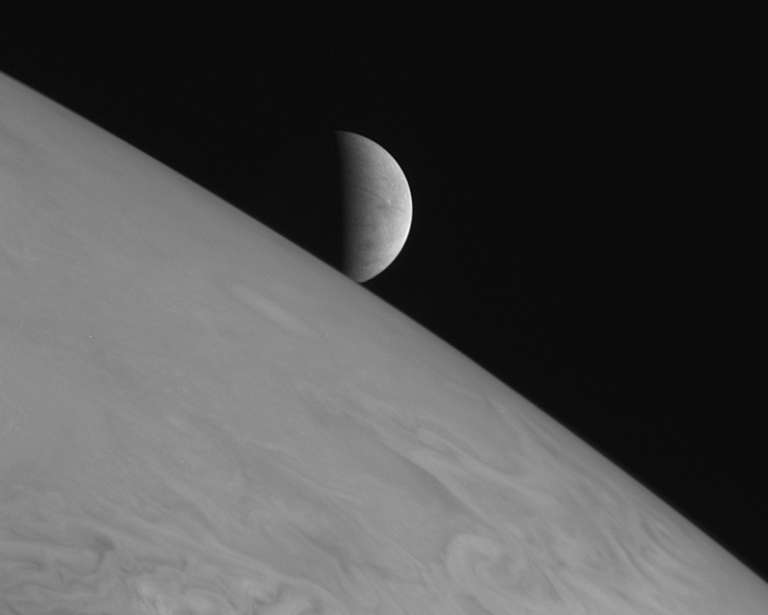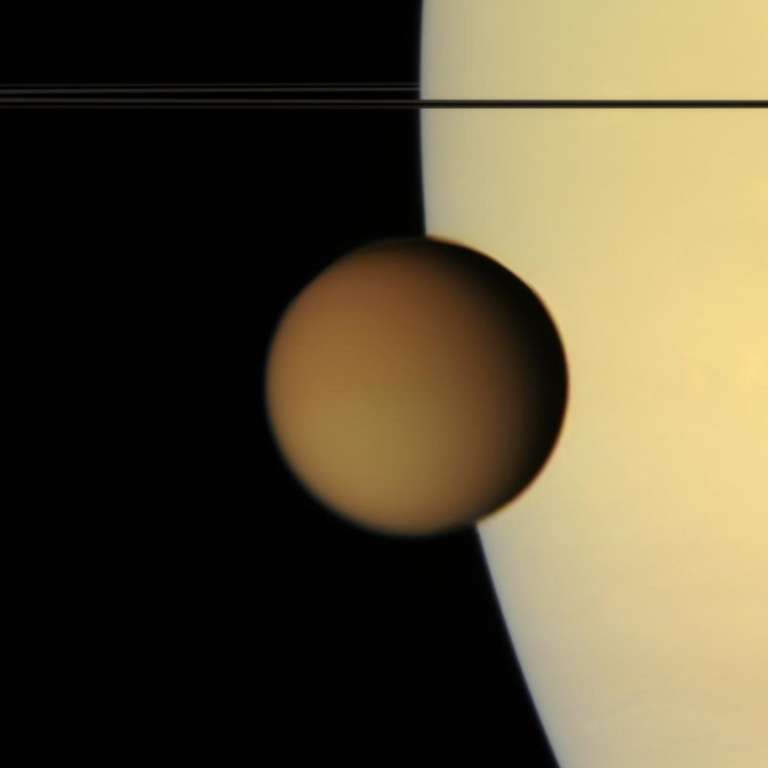Emily Lakdawalla • Dec 31, 2010
Bye bye, Kodachrome, but "Kodak moments" will live on in space
This week is the end for Kodachrome film. It's a casualty of the digital revolution. Kodak announced in June of 2009 that it would stop manufacturing Kodachrome film, the color film that once captured snapshots and professional color prints alike. Even if you kept some, after Friday, December 31, 2010, you won't be able to get it developed anymore, because the last photo shop that had a supply of the chemicals necessary for its development will run out. Why am I noting this story on the blog? Because Kodachrome is the film for which the advertising phrase "Kodak moment" was coined, and even after the end of Kodachrome film there will be lots and lots of Kodak moments yet to come -- in space.
As an example of what I'm talking about, I'll remind you of this great composition from the New Horizons flyby of Jupiter:

Space missions from New Horizons to Cassini use the term "Kodak moment" to describe pictures that they take primarily for their aesthetic value, knowing how useful it is for public outreach to have beautiful photos for people to share.
New Horizons' camera was black-and-white; Cassini's color camera takes lots of color Kodak moment photos. For science purposes, Cassini most often shoots images through filters that cover a range of the electromagnetic spectrum broader than the human eye can see, but Kodak moments always seem to contain images shot through red, green, and blue filters so that we can make images that approximate what a person with could see if they were there.

The "Kodak moment" term isn't just a conversational slang on missions; it's enshrined in image metadata. You can go into the Planetary Data System for the New Horizons Jupiter and Europa image, for instance, and read the attached "header" file that tells you all the information that they recorded along with the photo, and you'll see the following bunch of technical text:
Look in that text for a line that begins "REQID," which is a line that contains information about the scientific observation being performed. In this case, it's "JELR_EKODAK01."
(If you want to learn more about the retirement of Kodachrome film, you can read about it at Kodak's website or learn about it as I did from the segment run about it on CBS Sunday Morning this week.)
Let’s Go Beyond The Horizon
Every success in space exploration is the result of the community of space enthusiasts, like you, who believe it is important. You can help usher in the next great era of space exploration with your gift today.
Donate Today

 Explore Worlds
Explore Worlds Find Life
Find Life Defend Earth
Defend Earth

